ACANA CLASSICS VS SUPERMARKET DOG FOODS
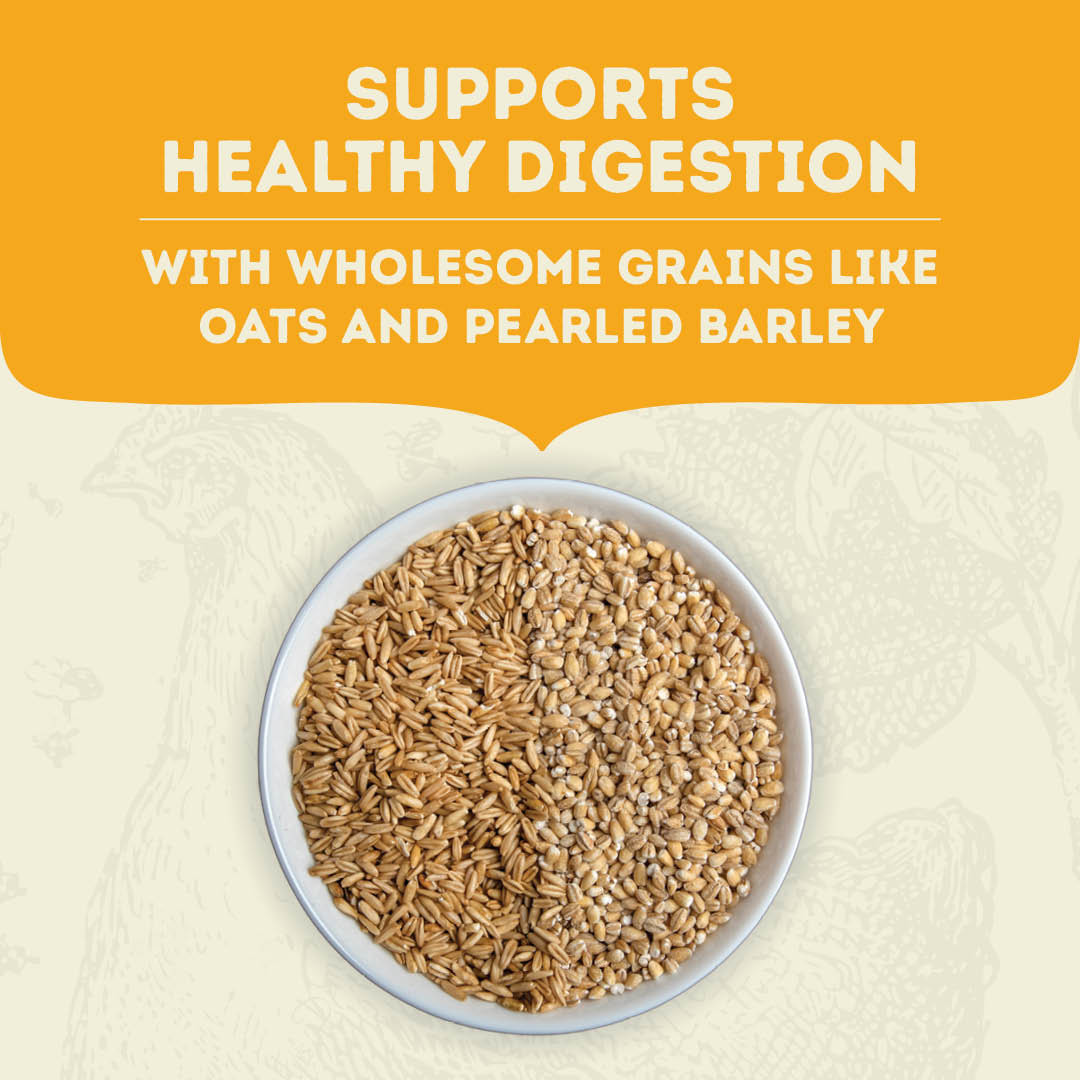
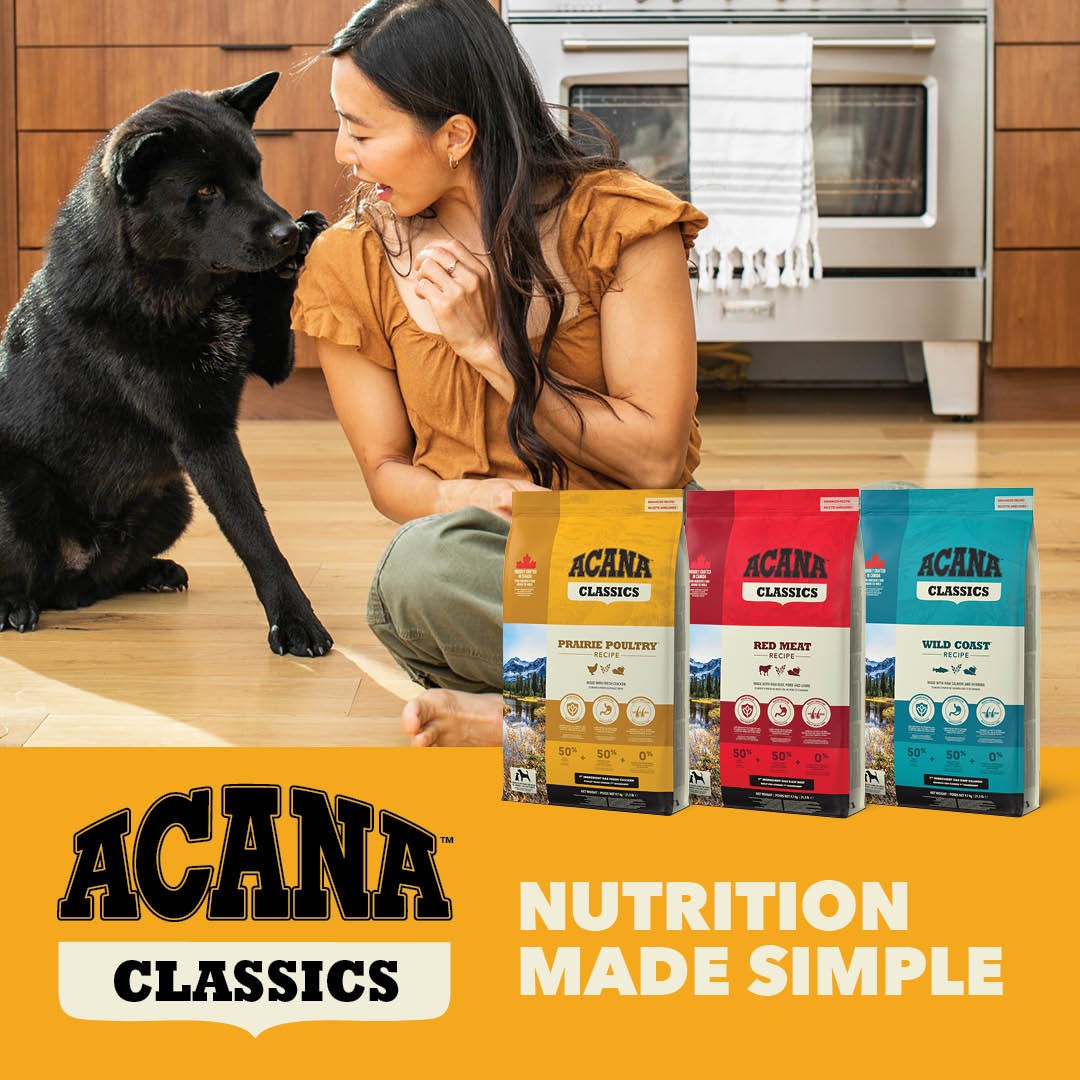
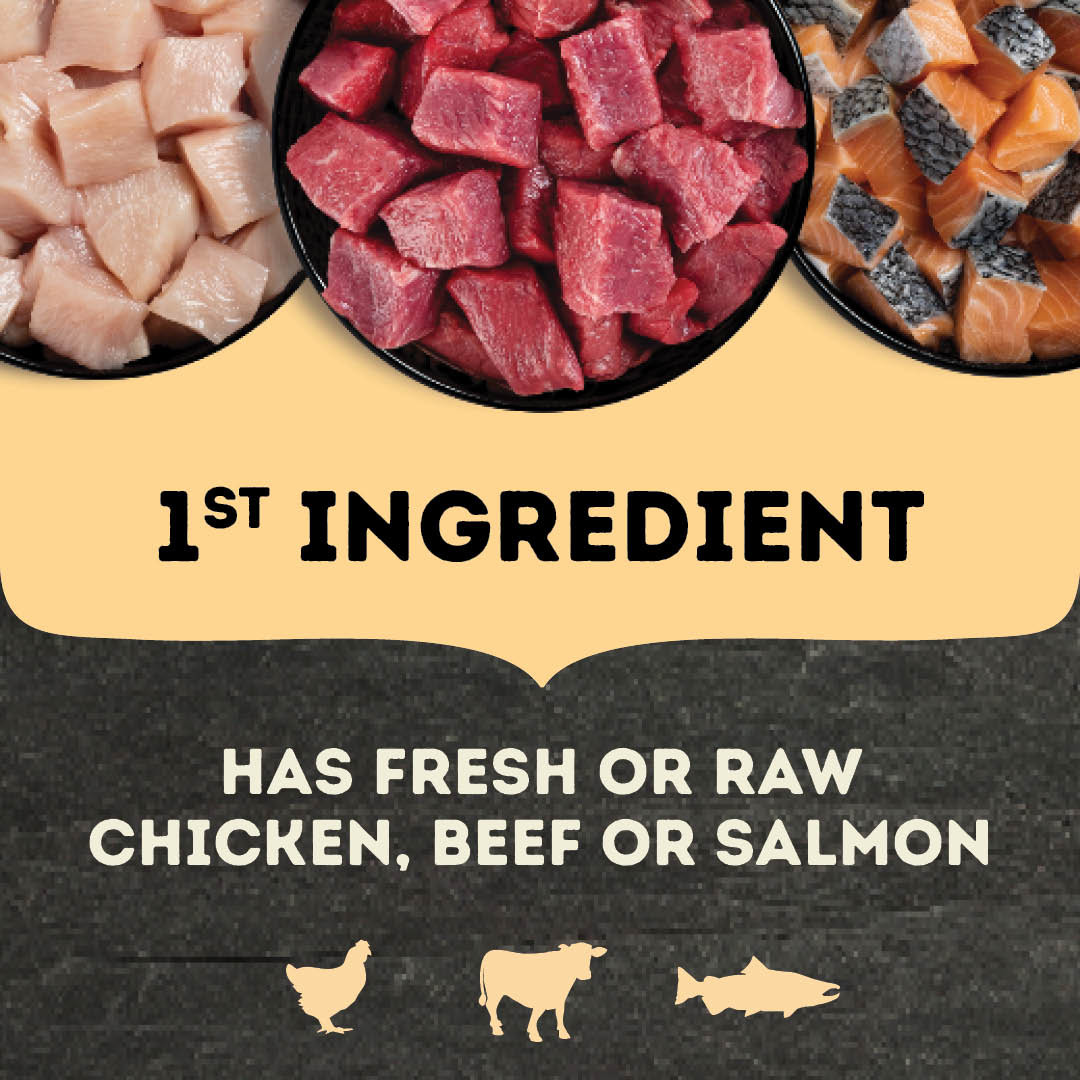
WHY CHOOSE ACANA CLASSICS?
- Great entry level, premium dog food. ACANA Classics offer great ingredients at exceptional value rivaling that of supermarket brands!
- ACANA Classic recipes contain a 50/50 split between protein rich ingredients and nutritious fruit, grains, and vegetables.
- Oats and pearled barley in these recipes help promote stable blood sugar levels and peak physical conditioning.
- Great for dogs that prefer/need a lower protein or animal ingredient inclusion in their diet.
- These ranges are also perfect for rotational feeding to keep your dog’s diet varied, complete and interesting.
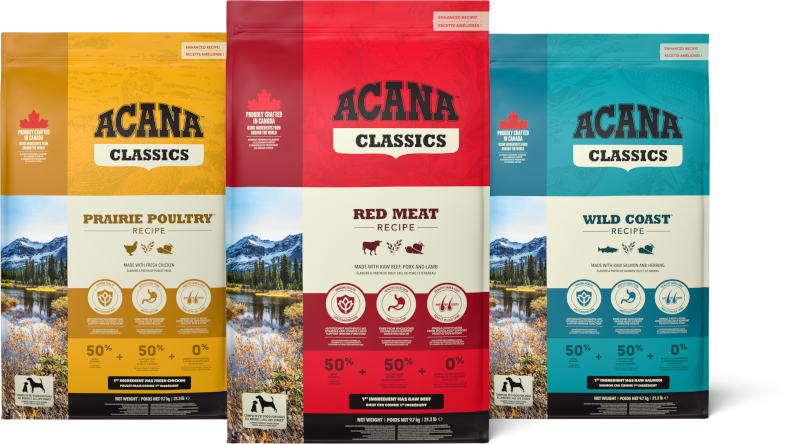
COMPARE ACANA TO SUPERMARKET DOG FOODS
When comparing our ACANA Classic recipes to supermarket dog foods, ACANA Classics emerge as the superior value-for-money option. Not only will the bag last longer, thanks to lower feed volumes resulting from higher quality, nutrient-dense ingredients, but the price per day genuinely competes with supermarket alternatives. ALL ACANA Recipes feature Fresh or RAW animal ingredients as the first ingredient. Following this, we utilize high-quality meat meals, wholesome grains to aid digestion, and fresh vegetables. You won't find any tapioca, cereals, soy, or cheap fillers in our ACANA Recipes.
In contrast, supermarket options are laden with cheaper, lower-quality ingredients while being marginally cheaper to feed per day (some are even more expensive), and their bags simply don't last as long! For us, ingredients matter, nutrition matters, and the health and well-being of our pets matter!
Take a look at the comparisons below to see the difference between ACANA AND SUPERMARKET FOODS for yourself:
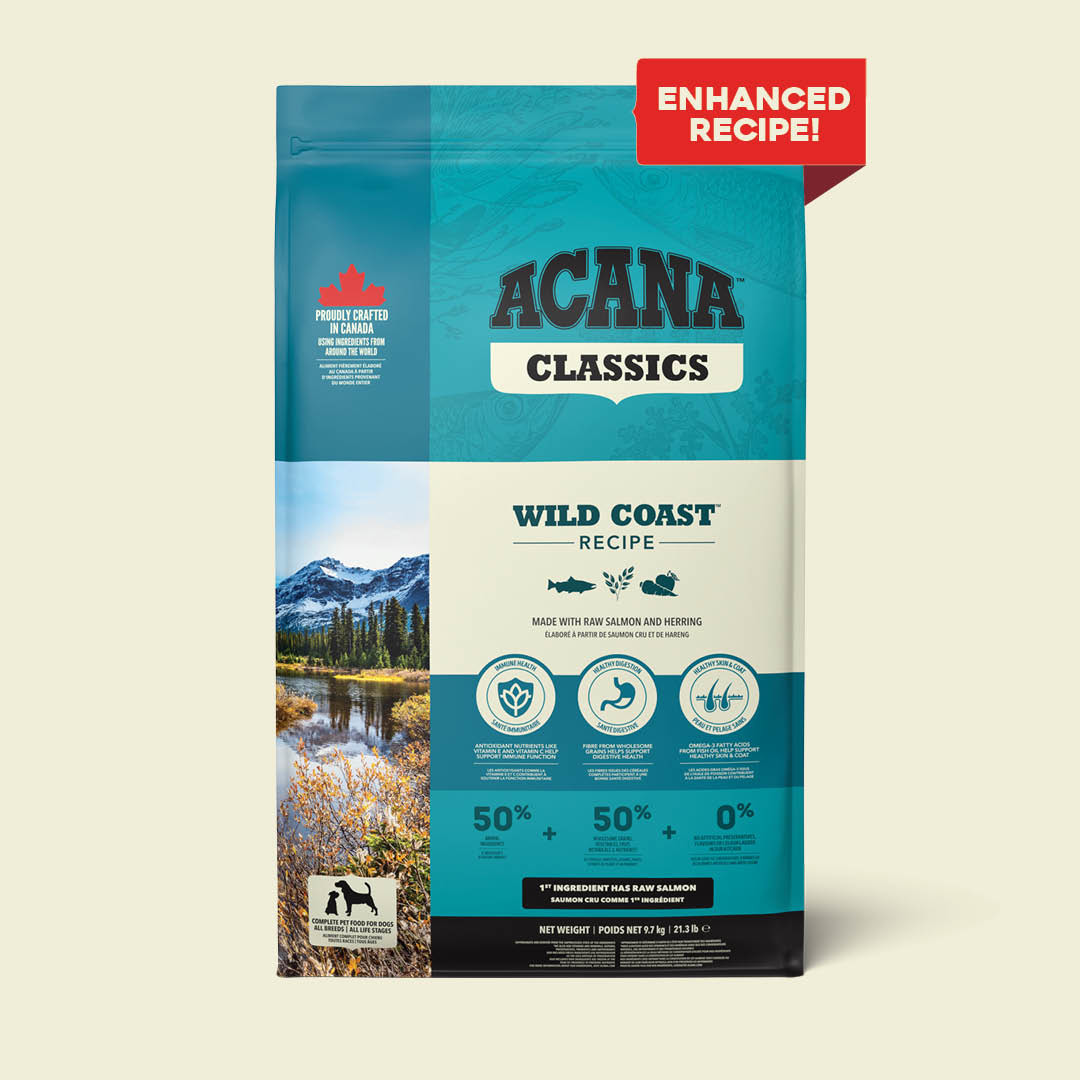
1ST 10 INGREDIENTS
- 1: Raw Salmon
- 2: Herring Meal
- 3: Pearled Barley
- 4: Whole Peas
- 5: Oat Groats
- 6: Pork Fat
- 7: Whole Oats
- 8: Chickpea Fibre
- 9: Fish Oil
- 10: Calcium Carbonate
*9.7kg Bag Lasts: 46 Days
Recommended Grams Per Day = 210g
**Cost Per Day = $3.65
1ST 10 INGREDIENTS
- 1: Raw beef
- 2: Lamb meal
- 3: Pearled barley
- 4: Whole peas
- 5: Oat groats
- 6: Pork fat
- 7: Pork meal
- 8: Whole oats
- 9: Chickpea Fibre
- 10: Raw Pork
*9.7kg Bag Lasts: 46 Days
Recommended Grams Per Day = 210g
**Cost Per Day = $3.59
1ST 10 INGREDIENTS
- 1: Wholegrain Cereals (Sorghum, Wheat)
- 2: Meat (Poultry, Beef, Lamb)
- 3: Meat By-products (Poultry, Beef, Lamb)
- 4: Poultry Palatant (Flavour enhancer)
- 5: Beet Pulp
- 6: Iodised Salt
- 7: Minerals
- 8: Sunflower Oil
- 9: Vitamins
- 10: Methionine
*8kg Bag Lasts: 27 Days Recommended Grams Per Day = 295g **Cost Per Day = $1.66
1ST 6 INGREDIENTS
- 1: Cereals + Cereal Products
- 2: Chicken and Beef Products and Fats (Dehydrated Chicken and Beef Protein, Beef Fat)
- 3: Natural Flavour
- 4: Vegetable Oil
- 5: Minerals
- 6: Vitamins and/or Amino Acids
*8kg Bag Lasts: 20 Days
Recommended Grams Per Day = 390g **Cost
Per Day = $2.04
1ST 10 INGREDIENTS
- 1: Chicken
- 2: Brewers Rice
- 3: Corn Gluten Meal
- 4: Wholegrain Corn
- 5: Poultry By-product Meal
- 6: Wholegrain Wheat
- 7: Soybean Meal
- 8: Animal Fat ( Mixed Tocopherols)
- 9: Animal Digest
- 10: Glycerin
*7.48kg Bag Lasts: 23 Days Recommended Grams Per Day = 320g **Cost Per Day = $3.43
1ST 10 INGREDIENTS
- 1. Meat & Meat By-Products ( Poultry, Beef, Lamb)
- 2: Poultry By-Product
- 3: Vegetable Meals and Vegetables ( Peas, Lentils, Soy, Carrots, Garlic, Tomato, Pumpkin)
- 4: Tapioca and/or Potato Starches
- 5: Poultry Fat Stabilised with Natural Mixed Tocopherols
- 6: Beef Pulp
- 7: Whole Oil Seeds ( Linseed, Canola)
- 8: Salt
- 9: Potassium Chlorida
- 10: Chicory Root Inulin
*7kg Bag Lasts: 18 Days
Recommended Grams Per Day = 380g **Cost Per Day = $2.27
*Based on a 25kg Dog of Regular Activity levels. ** Prices correct as of 9 February 2024
SEE THROUGH THE JARGON - INGREDIENTS LISTS EXPLAINED!
What are Meat By-Products?
They are the non-rendered parts of an animal, essentially the scraps, or parts of the animal that remain once the meat is
removed.
Typically they are not suitable for human consumption but deemed safe for animals, however, “safe” does
not necessarily mean “nutritionally beneficial”.
By-products are made by mashing up bones and organs such as the liver, spleen, and kidneys and removing the moisture until all that
remains is the protein – which is then turned into a powder, mixed into a pet food, and labeled as a chicken, beef, or poultry by-product
meal.
The resulting powdered protein lacks many of the key nutrients that fresh meat and poultry provide.
What are Cereals and Cereal products, and why are they in some dog foods?
Grain and cereals are often used in dog foods as they act as a type of filler. The added cereals make the dog feel
fuller after eating.
However, cereals don’t add any nutritional value, so why do manufacturers add them?
It’s simple - They add grain and cereals to compensate the lack of meat and other expensive ingredients in their products. Adding
cereal to pet food adds bulk to the food meaning manufactures can produce greater amounts of food, for a cheaper price.
What is Soybean Meal, why is it in some dog food?
Soy is generally considered safe for dogs to eat however, it is a plant-based protein that is significantly cheaper than meats and eggs, so it's used as a cheaper alternative for dog food companies to bulk up the protein percentage in their petfoods. It makes the product less expensive to produce with the appearance of the same protein percentage. Meat, fish and eggs are superior protein-based products than soy in dog food.
What is Tapioca, why is it in some pet food?
Tapioca is significantly low in fiber and high in carbohydrates, which places this food higher than similar products on the glycemic index. Feeding your dog too much tapioca can result in rapid weight gain and obesity. Frequent or large amounts of tapioca could be toxic to your pet or trigger an allergic response.
WHERE TO BUY ACANA
You can find ACANA recipes at a number of our Independent stockists (via the button below) or at Pet Specialty retailers like Animates, Pet Direct, Pet.Co and PETStock.
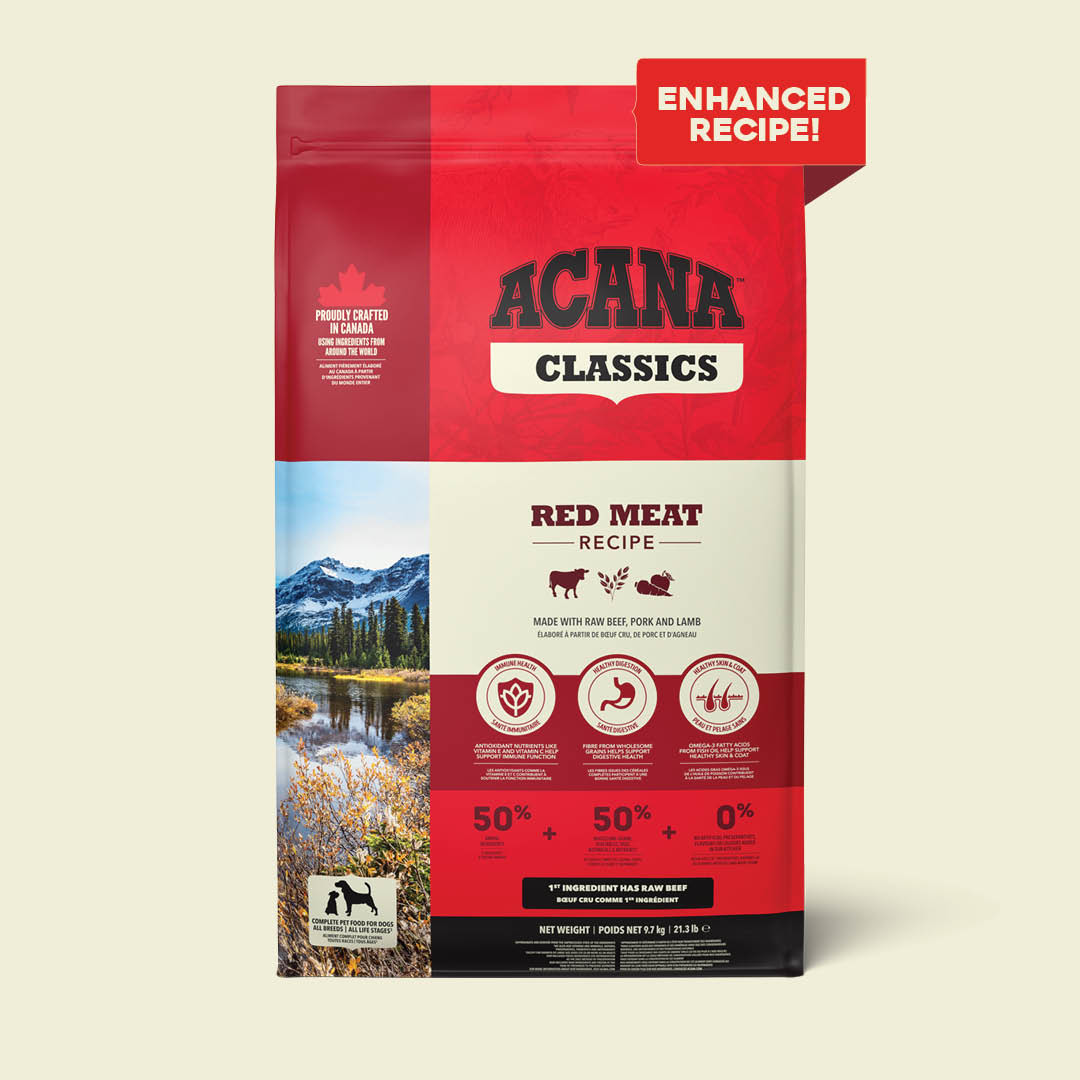
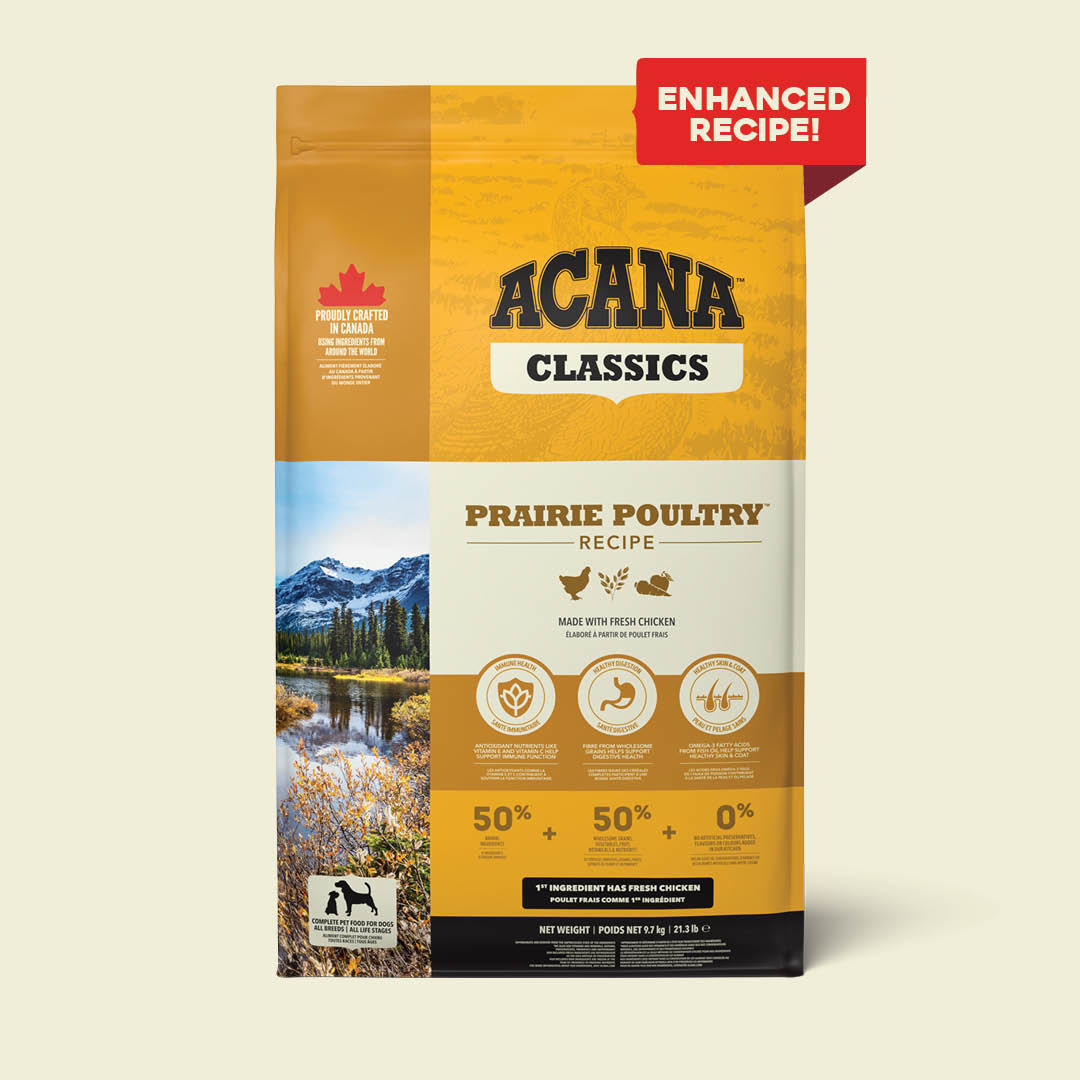
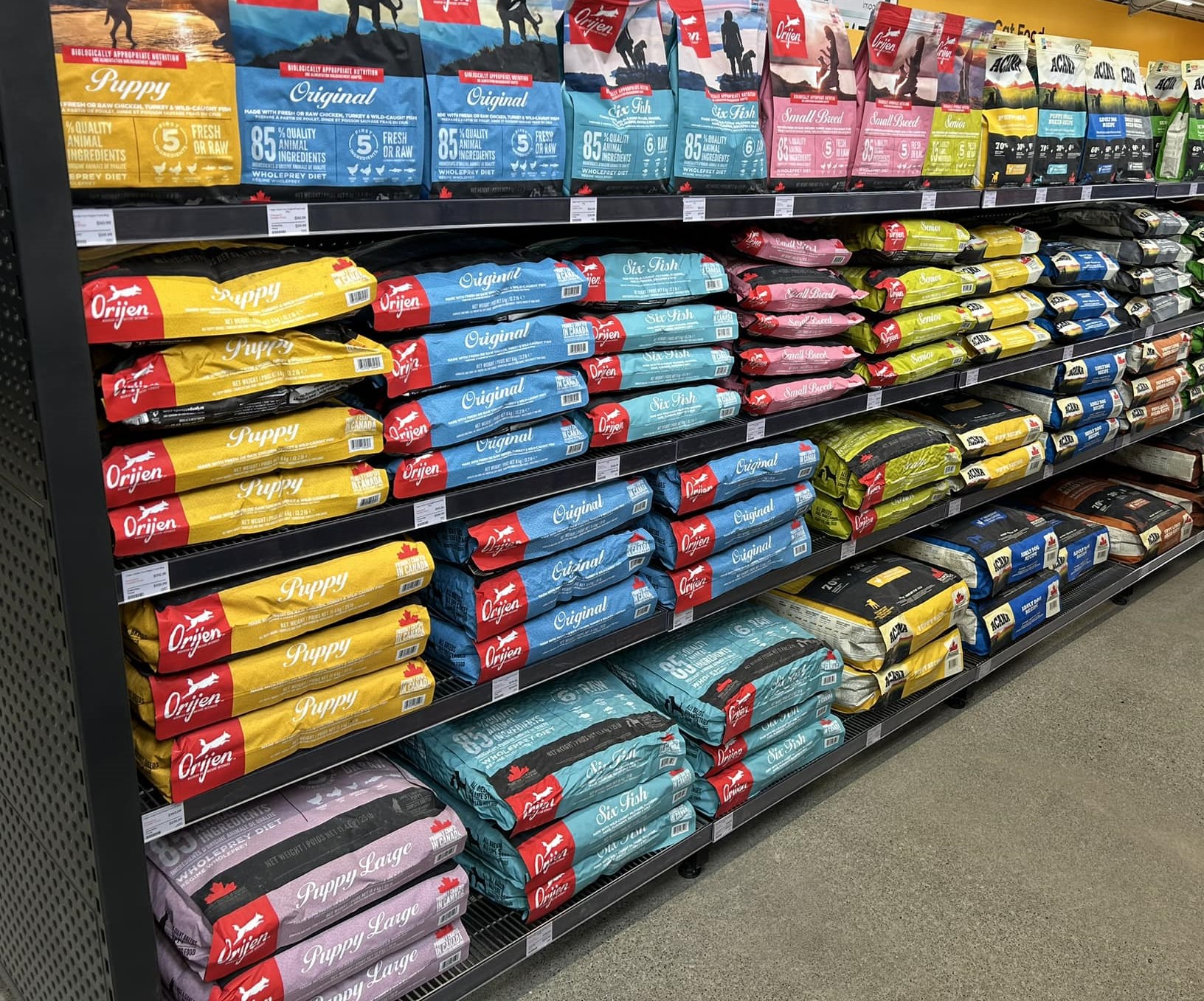
.jpg)